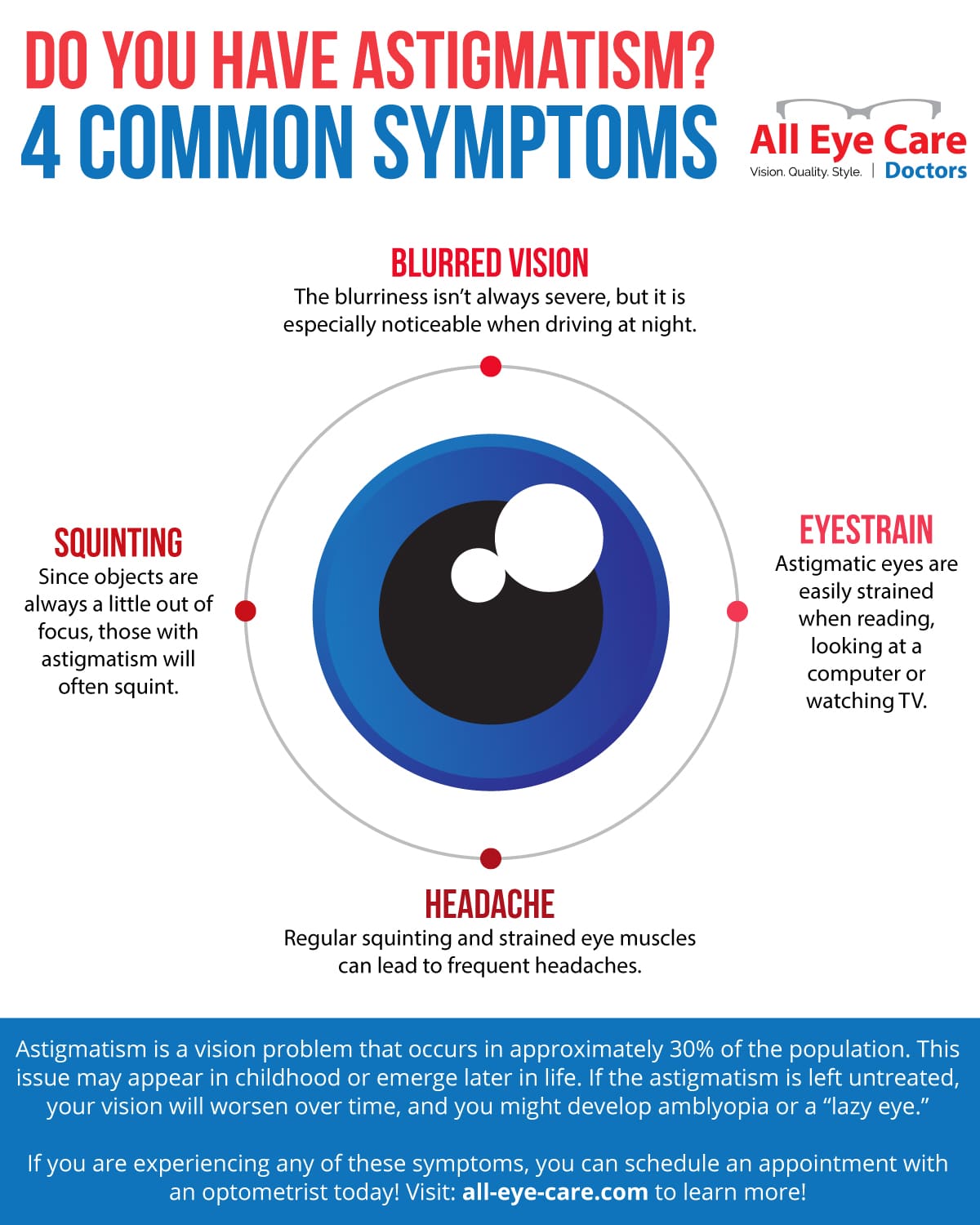An Evaluation Of Traditional Cataract Surgical Procedure Versus Laser-Assisted Techniques: Advantages And Drawbacks
An Evaluation Of Traditional Cataract Surgical Procedure Versus Laser-Assisted Techniques: Advantages And Drawbacks
Blog Article
Content Author-Bruhn Eriksen
When pondering the option between typical cataract surgery and laser-assisted techniques, you may find yourself weighing the benefits and downsides each technique supplies. The decision exceeds the surface level of cost and precision, delving into the realm of lasting results and person complete satisfaction. As you navigate with the complexities of these 2 approaches, it ends up being crucial to recognize the nuanced information that can dramatically influence your visual quality and general experience. Stay tuned to reveal the critical factors that will assist your decision-making procedure in this vital facet of eye care.
Traditional Cataract Surgical Treatment Pros and Cons
When thinking about traditional cataract surgical treatment, you might find that it's a reputable and widely-used technique. In cataract surgery video animation , a doctor makes a little laceration in the eye and makes use of ultrasound to break up the over cast lens prior to removing it. When the cataract is removed, an artificial lens is put to restore clear vision.
Among the primary benefits of conventional cataract surgery is its performance history of success. Lots of patients have actually had their vision dramatically enhanced with this treatment. Furthermore, traditional surgical treatment is frequently covered by insurance, making it a much more available choice for several people.
However, there are some downsides to typical cataract surgical procedure also. Recovery time can be longer compared to newer strategies, and there's a slightly greater danger of issues such as infection or inflammation. Some people might also experience astigmatism or need reading glasses post-surgery.
Laser-Assisted Techniques Pros and Cons
Discovering laser-assisted methods for cataract surgery reveals a contemporary approach that uses laser technology to carry out vital action in the procedure. One of the primary benefits of laser-assisted cataract surgical procedure is its accuracy. The laser permits exceptionally precise lacerations, which can bring about better aesthetic results. In addition, making use of lasers can decrease the amount of ultrasound energy needed throughout the surgery, possibly lowering the risk of complications such as corneal damage.
On the drawback, laser-assisted strategies can be a lot more pricey contrasted to standard methods. This cost mightn't be covered by insurance, making it less obtainable to some clients.
One more factor to consider is that not all cataract surgeons are trained in laser modern technology, which can limit your alternatives for choosing a doctor.
Lastly, while does cataract surgery cover insurance can automate particular aspects of the procedure, the surgery still needs a proficient cosmetic surgeon to make certain effective outcomes.
Comparative Analysis of Both Techniques
For a thorough understanding of cataract surgical procedure methods, it's necessary to perform a relative evaluation of both standard and laser-assisted techniques.
Standard cataract surgical procedure includes hand-operated incisions and using handheld tools to separate and eliminate the gloomy lens.
On the other hand, laser-assisted cataract surgical procedure uses innovative technology to create precise incisions and break up the cataract with laser power before removing it.
In terms of precision, laser-assisted techniques use a higher level of accuracy compared to standard methods. The use of lasers permits customization of the treatment based upon each patient's eye anatomy, potentially causing far better visual results.
However, laser-assisted cataract surgical treatment has a tendency to be extra costly than typical surgical procedure, which may limit access for some people.
While both techniques work in bring back vision damaged by cataracts, the choice in between typical and laser-assisted methods usually relies on variables such as expense, accuracy, and individual client requirements.
Consulting with your eye doctor can help figure out one of the most suitable method for your cataract surgical procedure.
Final thought
To conclude, when determining between typical cataract surgery and laser-assisted techniques, think about variables like cost, accuracy, and individual demands. Conventional surgical procedure provides a tried and tested track record and insurance policy protection but might include longer healing times. Laser-assisted methods supply higher precision and personalization but can be much more pricey and not always covered by insurance coverage. Ultimately, the choice in between both approaches depends on what is crucial to you and your particular situation.
